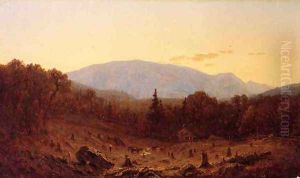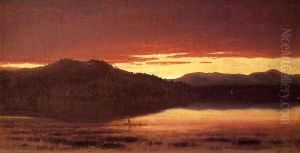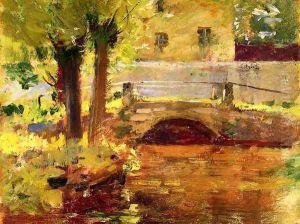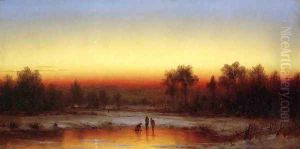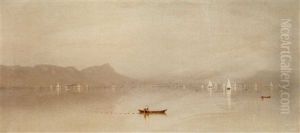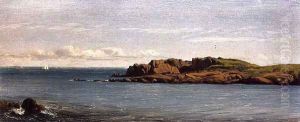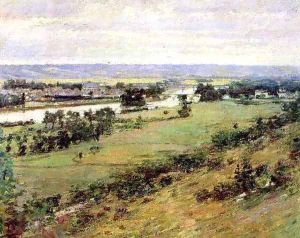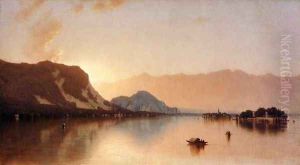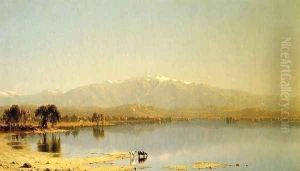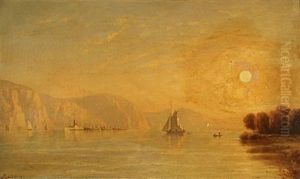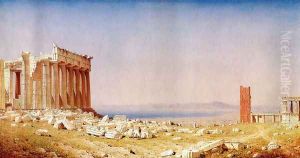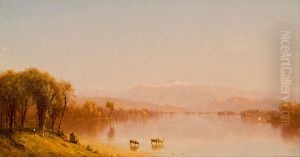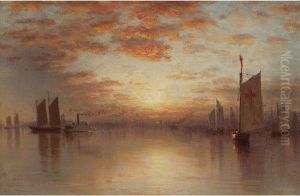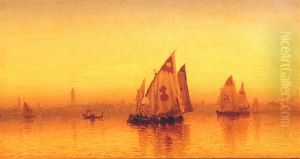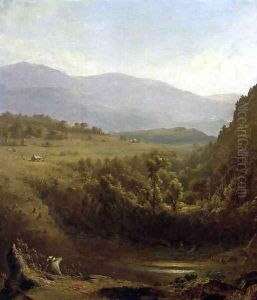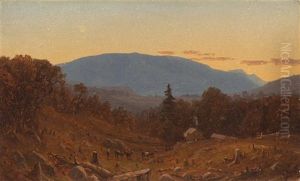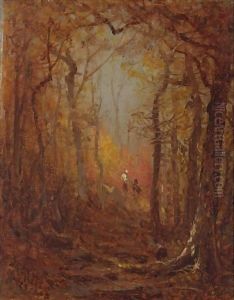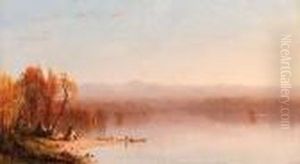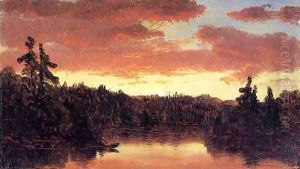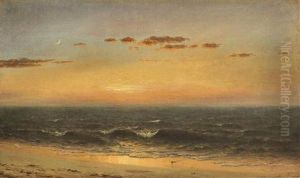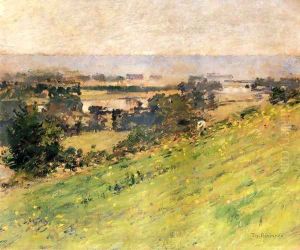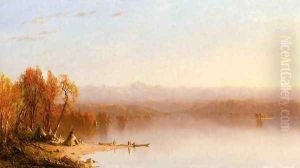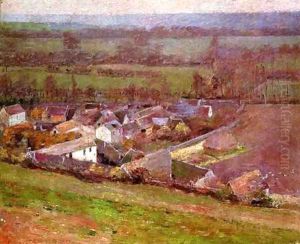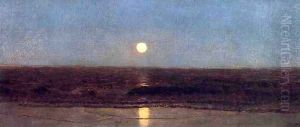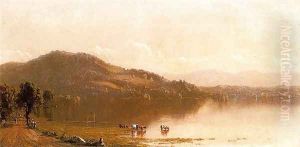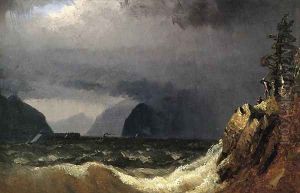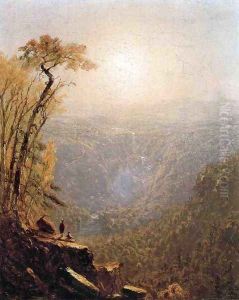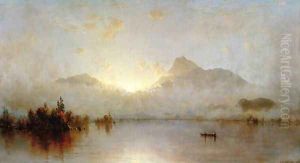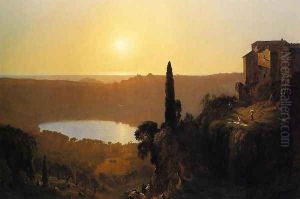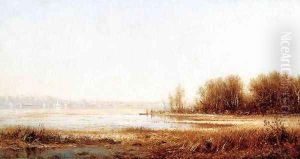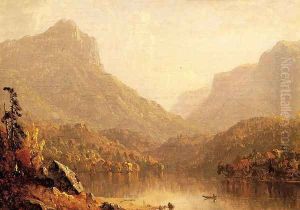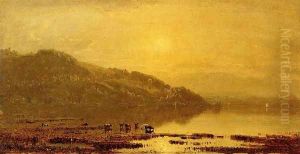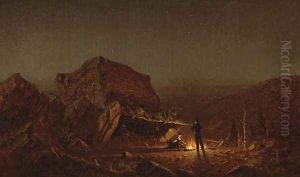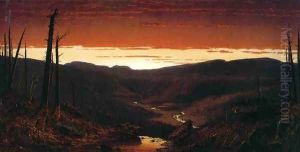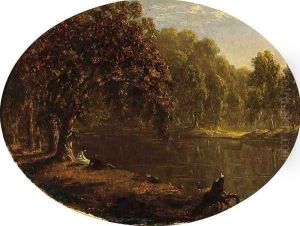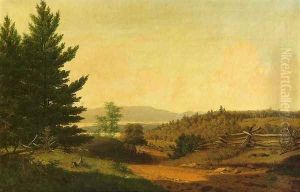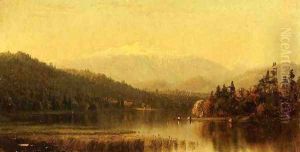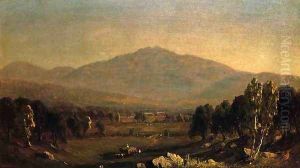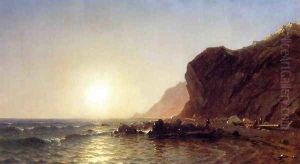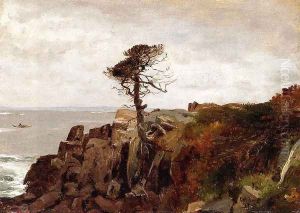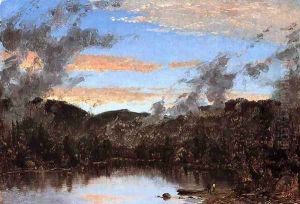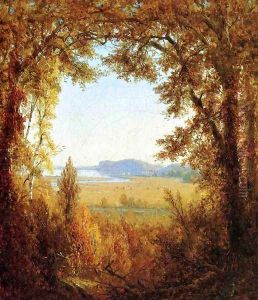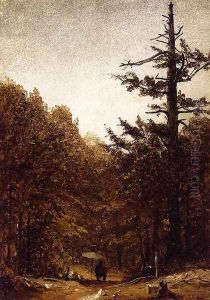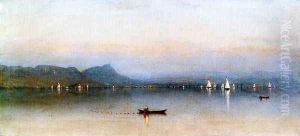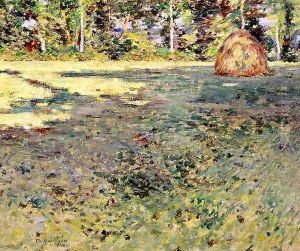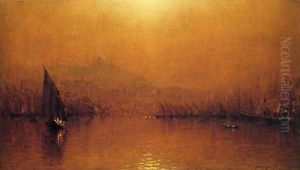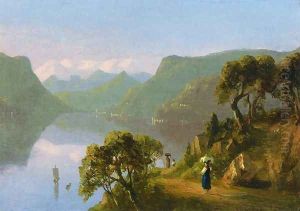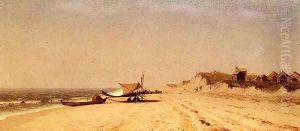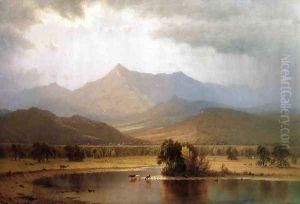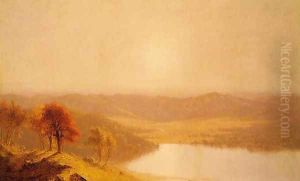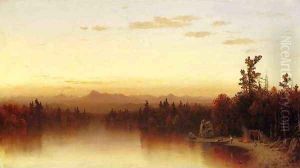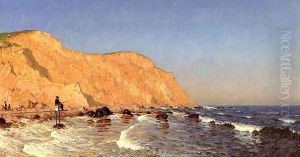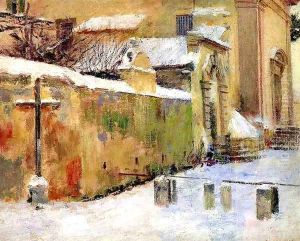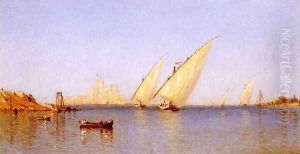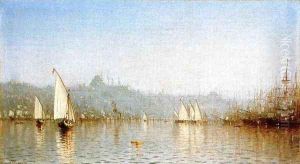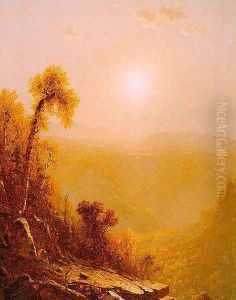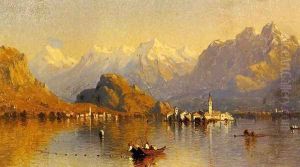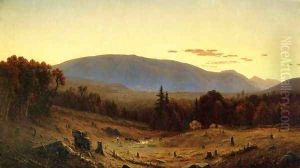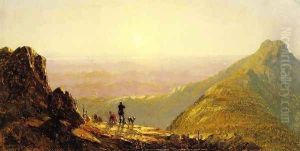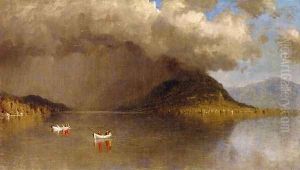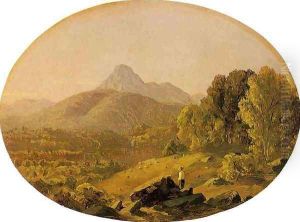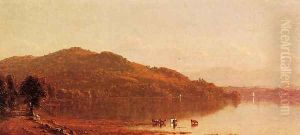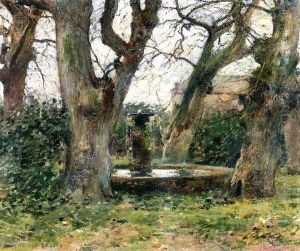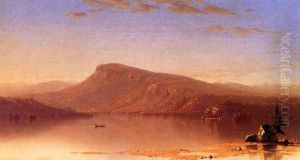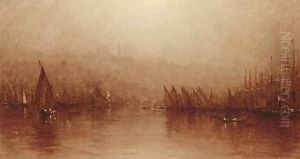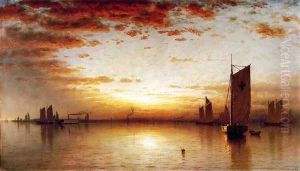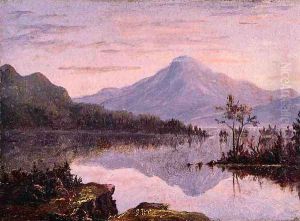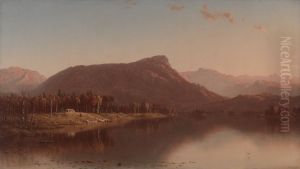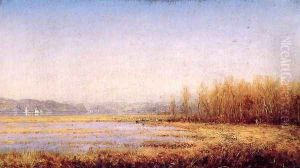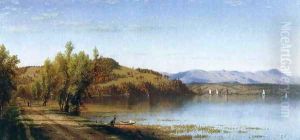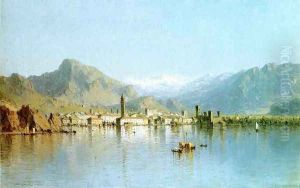Sanford Robinson Gifford Paintings
Sanford Robinson Gifford was an American landscape painter and one of the leading members of the Hudson River School, a mid-19th century American art movement that celebrated the natural beauty of the American landscape. Born on July 10, 1823, in Greenfield, New York, Gifford grew up in a landscape that would later inspire much of his work. His early education was in Hudson, New York, and he showed an interest in art from a young age. Initially, Gifford trained as a draftsman and a banker, but his passion for painting led him to pursue art more seriously. He studied art in New York City, under the tutelage of John Rubens Smith, and later, in 1846, he attended Brown University, although he did not graduate.
Gifford's style was significantly influenced by Thomas Cole, the founder of the Hudson River School, and by J.M.W. Turner, whose mastery of light and atmospheric effects left a lasting impact on Gifford's work. After his studies, he traveled extensively in Europe and the Near East, which broadened his artistic vision and introduced elements of luminism into his paintings. Luminism, characterized by attention to detail and the portrayal of light in its most captivating forms, became a hallmark of Gifford's mature work. His landscapes are noted for their emphasis on light, with many of them depicting serene scenes at sunrise or sunset, capturing the quiet beauty of the American wilderness with a spiritual and almost transcendent quality.
Gifford served as a soldier in the Civil War, an experience that temporarily halted his painting career but deepened his appreciation for the American landscape. After the war, he returned to painting with renewed vigor and patriotism, producing some of his most celebrated works during this period. His paintings were widely exhibited and acclaimed during his lifetime, with notable works including 'Lake Scene' (1861), 'A Gorge in the Mountains' (also known as 'Kauterskill Clove', 1862), and 'The Wilderness' (1861).
Tragically, Gifford's life and career were cut short when he died of malaria on August 29, 1880, in New York City. Despite his relatively brief career, his work had a lasting impact on American landscape painting, influencing later generations of artists and contributing significantly to the legacy of the Hudson River School. Today, Gifford's paintings are held in high regard and can be found in major museums across the United States, including the Metropolitan Museum of Art, the National Gallery of Art, and the Smithsonian American Art Museum.
